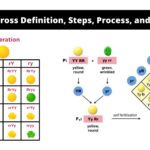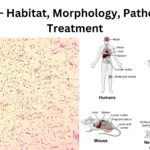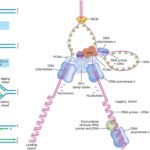IGCSE Biology 46 Views 1 Answers
Sourav PanLv 9November 14, 2024
Explain the pupil reflex, limited to changes in light intensity and pupil diameter
Explain the pupil reflex, limited to changes in light intensity and pupil diameter
Please login to save the post
Please login to submit an answer.
Sourav PanLv 9May 15, 2025
The pupil reflex, also known as the pupillary light reflex, is a crucial physiological response that regulates the diameter of the pupil in reaction to changes in light intensity. This reflex helps protect the retina from excessive light and optimizes vision under varying lighting conditions.
Mechanism of the Pupil Reflex
- Light Intensity Change:
- When light intensity increases, such as when entering a bright environment, the pupils constrict (a process called miosis) to reduce the amount of light entering the eye. This constriction helps prevent damage to the photoreceptors in the retina and enhances visual acuity by minimizing light scatter.
- Conversely, when light intensity decreases, such as in dim lighting, the pupils dilate (a process called mydriasis) to allow more light to enter. This dilation improves visibility in low-light conditions.
- Neural Pathway:
- The reflex is mediated through a neural pathway involving both afferent and efferent signals:
- Afferent Pathway: Light entering the eye stimulates photoreceptors in the retina, which send signals through the optic nerve (cranial nerve II) to the brain.
- Efferent Pathway: The signals are processed in the midbrain, specifically in the pretectal area, which then activates parasympathetic fibers from the Edinger-Westphal nucleus via the oculomotor nerve (cranial nerve III). These fibers innervate the iris sphincter muscle, causing it to contract and reduce pupil size.
- The reflex is mediated through a neural pathway involving both afferent and efferent signals:
- Consensual Response:
- An important aspect of this reflex is its consensual nature; shining a light in one eye causes both pupils to constrict. This bilateral response ensures that both eyes receive similar amounts of light, aiding in depth perception and overall visual function.
0
0 likes
- Share on Facebook
- Share on Twitter
- Share on LinkedIn
0 found this helpful out of 0 votes
Helpful: 0%
Helpful: 0%
Was this page helpful?




